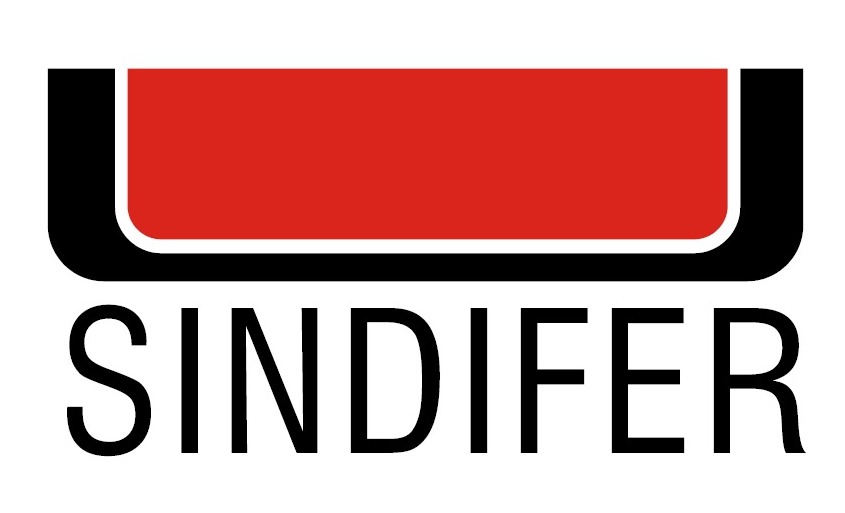Pig iron results from the fusion and purification of the iron ore in blast furnace changed into a 95% ferrous liquid through the chemical reaction:
Fe2O3 + 3 CO → 2 Fe + 3CO2
It may have several specifications utilizing grainy iron ore with iron content varying from 55% to 64% and charcoal as thermo-reducer; basically, in Minas Gerais three types of pig iron are produced: Basic, Foundry and Nodular, with combined specifications in accordance with the contents of phosphorus, silicon, manganese etc., aiming to supply each type of demand.
Pig iron in Minas Gerais
The most important pig iron producer industrial park in Brazil is installed in Minas Gerais.
In addition to the most advanced production technology, able do produce pig iron with any specification, it holds one of the most significant models of industrial sustainability, in some cases, beyond the legal requirements, what gives it a high grade of quality, with low content of impurities.
The main highlight is the use of a clean technology that produces pig iron with charcoal, 100% from forest plantations instead of metallurgical coke. The whole process, from the planting to charcoal manufacturing, results in a positive balance to the environment.
It is important to highlight that with the purpose of to produce charcoal to supply the total demand of pig iron sector, hundreds of thousands of hectares of forests are planted.
To have an idea of its size, the pig iron industrial park in Minas Gerais consists of 63 plants that, altogether, have ever produced 6.3 million tons in one year; nowadays 43 mills are running and the pig iron production in Minas Gerais is equivalent to 75% of the national production.
Market
The pig iron produced in Minas Gerais is intended both for the domestic market and for exports, traditionally 50% each. The amount intended for the domestic market represents, roughly, 93% of the pig iron acquired by the steel mills and foundries. The exports are destined to several countries in Asia, America and Europe, highlighting United States, China, Taiwan, Netherlands and Mexico.
The exports in bulk are made preferably through the ports of Espírito Santo, where SINDIFER has a partnership with CODESA, in Berth 905 (Paul Quay) as the owner of the Ship Loader installed. Exports happen also through the ports of Rio de Janeiro, and, eventually, through the ports of Itaguaí (RJ) and Açu (RJ). Small amounts, in containers, are also exported through the port of Santos (SP).
Products and Uses
Pig iron is used as raw material in the foundry industry and also in the steel production, within the specifications required for each type of molten and steel product. By their turn, these products - through the manufacturing industry - are present in day-to-day of people, highlighting: equipment and utensils of our day-to-day, automotive industry, civil construction, devices of support to Medicine, etc. That is why it is commonly said: “pig iron is at the base of everything”.
Location and logistics
The pig iron industrial park in Minas Gerais is located in the central part of the state, involving several townships surrounding its capital, Belo Horizonte.
Minas Gerais has the largest highway network in Brazil, not only in km but also in number of federal highways that cut through the state and connect it to the main consumer centers in Brazil; through the railway modal this industrial park is also connected to several states and to the main seaports in Vitoria and in Rio de Janeiro.
From these ports the pig iron is shipped to the international markets.
